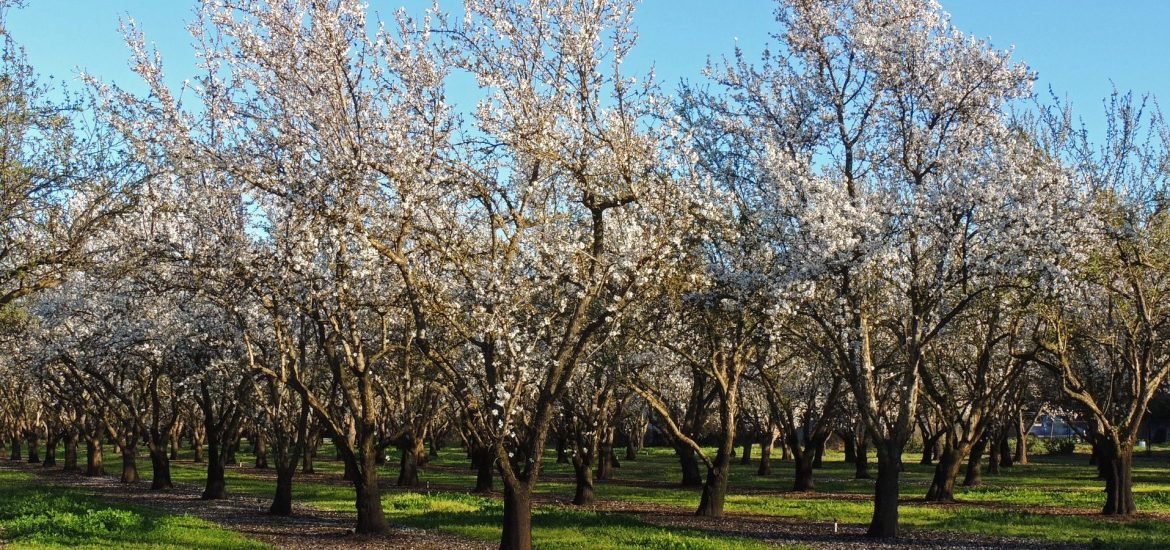
Researchers have discovered why ambrosia beetles are attracted to alcohol and now better understand the beetles’ symbiotic relationship with the fungi they feed on. Scientists say the findings could help reduce harm to orchards and nurseries in Europe and the United States.
Ambrosia beetles grow “fungal gardens” in stressed, dying or dead trees. The beetles first bore into the host and then create tunnel systems in which they grow the fungus, often killing the tree. Scientists previously thought beetles were attracted to alcohol only because ethanol signifies tree distress. In a new study, however, researchers found that alcohol plays an important role in the growth of fungi these beetles depend on.
The study, published on Monday in the Proceedings of the National Academy of Sciences, was conducted by an international team of researchers from the University of Wuerzburg, the Max Planck Institute for Chemical Ecology, Ohio State University and the Wood Research Institute of the Technical University of Munich.
To find out why the beetles prefer to bore into stressed or dying trees, which contain higher concentrations of ethanol than healthy trees, the researchers conducted several experiments focussing on a type of ambrosia beetle called the black stem borer.
The beetle is native to East Asia and can attack over 200 different kinds of trees, study co-author Christopher Ranger told National Geographic. Ranger, a research entomologist with the United States Department of Agriculture’s Agricultural Research Service, added that the black stem borer has caused significant damage to forests and orchards in Europe and the United States.
In one experiment, the team placed ethanol-soaked baits near healthy trees in an Ohio woodland and irrigated other trees with ethanol, allowing them to soak up the substance. The researchers found that beetles would bore into the trees with ethanol bait next to them, but leave without reproducing or growing fungi. In the irrigated trees, however, beetles remained, reproduced and began fungal gardens. Ranger told National Geographic that the experiment suggested ethanol was not functioning solely as an attractant.
After collecting the Ambrosiella grosmanniae fungus from black stem borers from the same research site in Ohio, the researchers grew the fungus in the laboratory on plates with food containing differing amounts of ethanol. Their results showed the fungus grew best when there were ethanol concentrations of 1-2%, according to Science Magazine. The team also found that even low concentrations of ethanol could reduce the growth of other microbes, such as the fungus Penicillium, which compete with the fungus beetles feed on.
“An increase in the activity of alcohol-degrading enzymes allows the insects’ fungi to grow optimally in alcohol-rich wood, while alcohol is toxic to other microorganisms,” Peter Biedermann, a professor in the Department of Animal Ecology and Tropical Biology at the University of Wuerzburg, explained in a press release. “The fungi cultivated by the ambrosia beetles behave like beer or wine yeasts, generating an alcoholic substrate in which only they can thrive and from which other competing microorganisms are excluded,” he added.
The scientists hope that understanding how the ambrosia fungus grows “may reveal how to limit the damage they cause to our crops,” according to National Geographic.
Explaining the current situation in nurseries and orchards, Ranger said, “You have trees in early stages of stress emitting ethanol, and they can look perfectly healthy, and the growers think they’re fine. And then the beetles attack.”